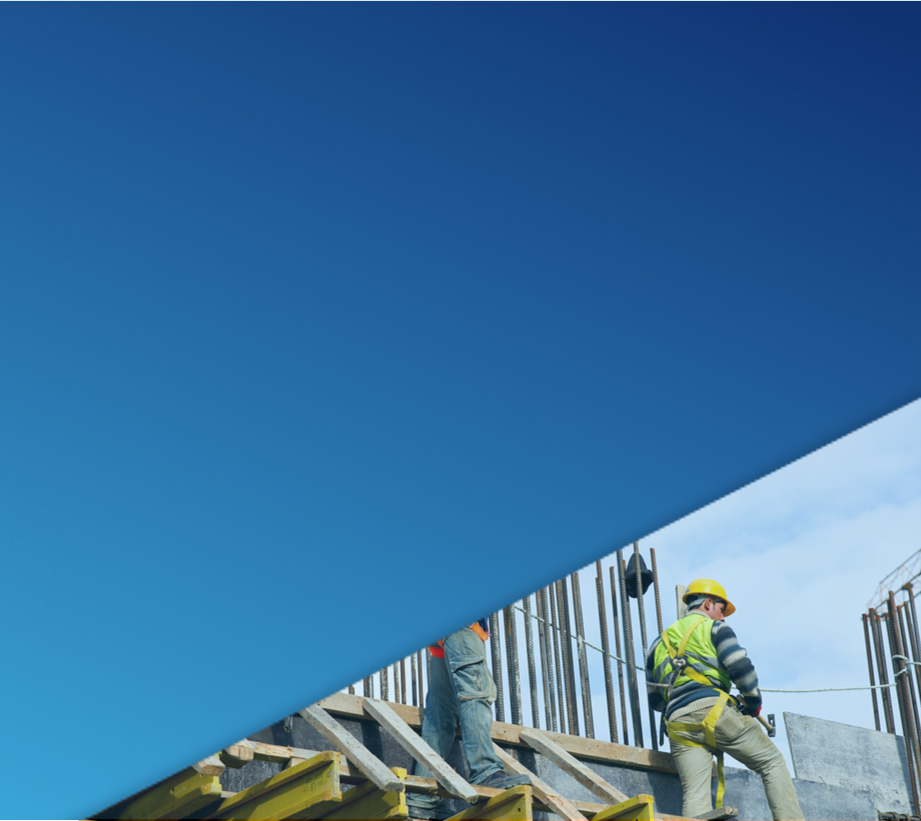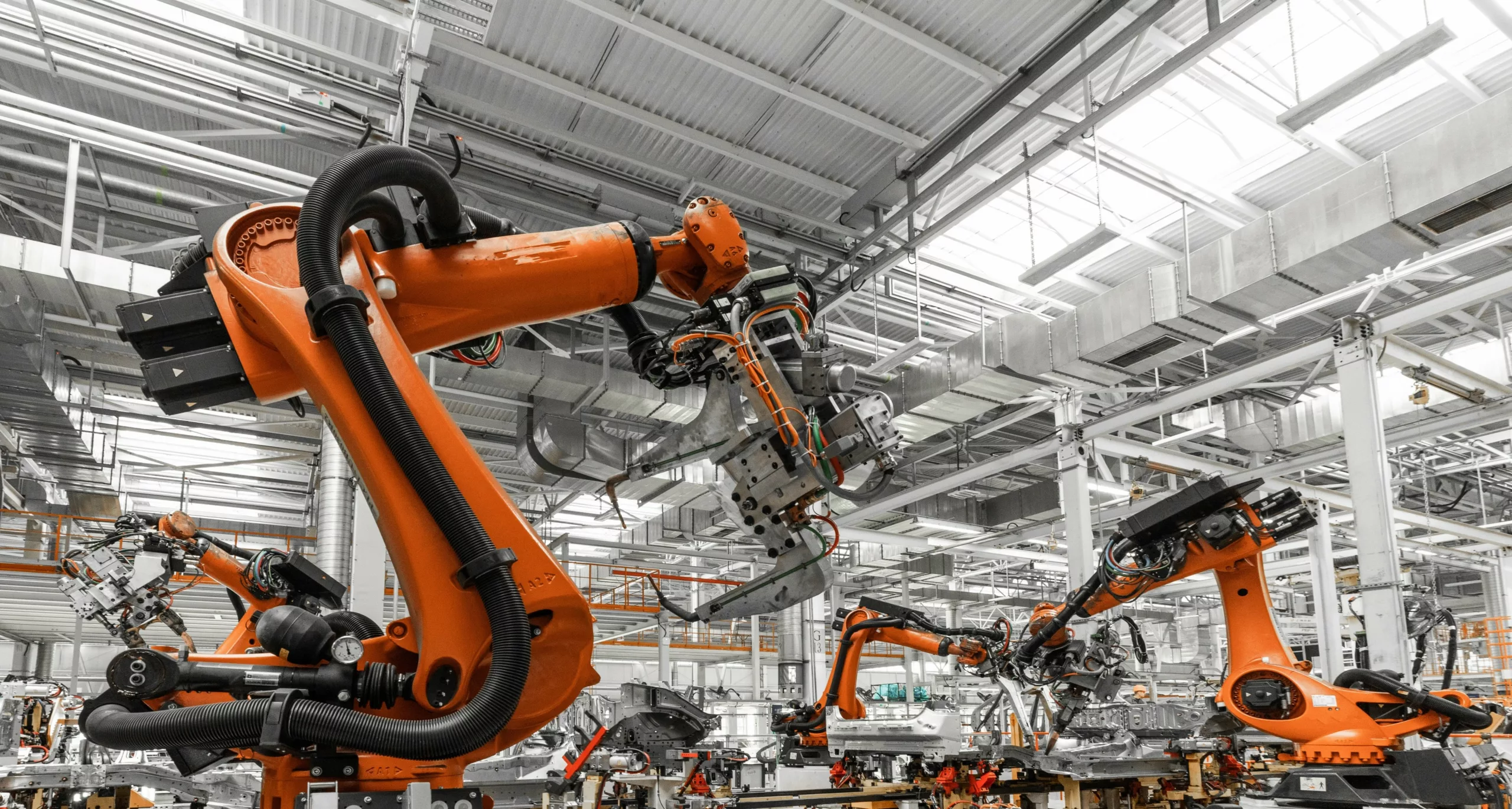

Capital Project Excellence
Strategies for optimal project management and execution
Undertaking Capital Projects means making significant, long-term investments to improve assets. Crucial for boosting growth, these investments, like constructing new plants or warehouses or developing new production lines or equipment, are vital for progress.
Effectively managing and implementing such projects demands the adoption of methodologies that prioritize excellence by reducing life cycle costs, ensuring timely and quality delivery, and implementing robust risk management. The KAIZEN™ “Capital Project Excellence” approach enhances the company’s return on investment and promotes a culture of continuous improvement.
Traditional Approach
Lean Approach
Traditional Approach
Specialized teams
Lean Approach
Cross-functional teams for collaboration
Traditional Approach
Reactive risk management
Lean Approach
Early risk identification and proactive mitigation
Traditional Approach
Suppliers engaged at the project end
Lean Approach
Suppliers involved from the project’s outset
Impact
20 to 30%
Average capital cost reduction
15 to 30%
Project lead time reduction
20 to 30%
Environmental Footprint Reduction
Client Results
Learn how to implement it in your organization
Ready to start?
Find out what are the key opportunities in your processes by conducting a diagnosis workshop
Want to master Capital Project Excellence?
Our playbook is designed to guide you through these complexities, ensuring that you achieve excellence in your capital project endeavors.
Application Areas of Capital Project Excellence
What types of support do we offer?
In today’s fast-paced and ever-evolving economic landscape, the pressure to deliver complex projects swiftly, efficiently, and sustainably has never been greater. At the Kaizen Institute, our approach to Capital Project Excellence begins with a phase of Strategy Design. During this initial phase, we develop a comprehensive roadmap tailored to each project’s unique challenges and goals. This roadmap typically encompasses three types of activities that we specialize in at the Kaizen Institute: Capital Project Management, Lean Project Development, and Project Execution.
Capital Project Management
Use lean capital project management methodologies to streamline processes and improve communication and risk management across capital projects.
This approach ensures that projects are delivered on time, within budget, and meet quality standards.
Lean Project Development
Take advantage of our improvement workshops to refine the project development across all phases of capital projects, from initiation to commissioning.
This approach will help reduce delivery lead times and costs, improve quality, and ensure a vertical startup of the deliverable, whether a factory, equipment or something else.
Lean Project Execution
Our team of project experts will help you increase efficiency by integrating your team on an “as needed” basis to provide project essential services such as: Overall Project Management, Project Coordination, Estimating, Planning, Procurement, Cost Control, Risk Management, Commissioning & Start-up.
Would you like to know more about Capital Excellence tools?
Get to know our “Capital Project Excellence” program to develop continuous improvement skills in this area





